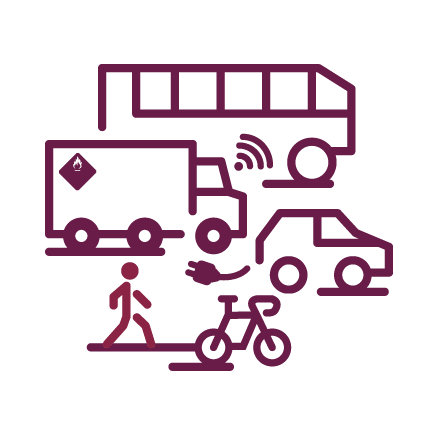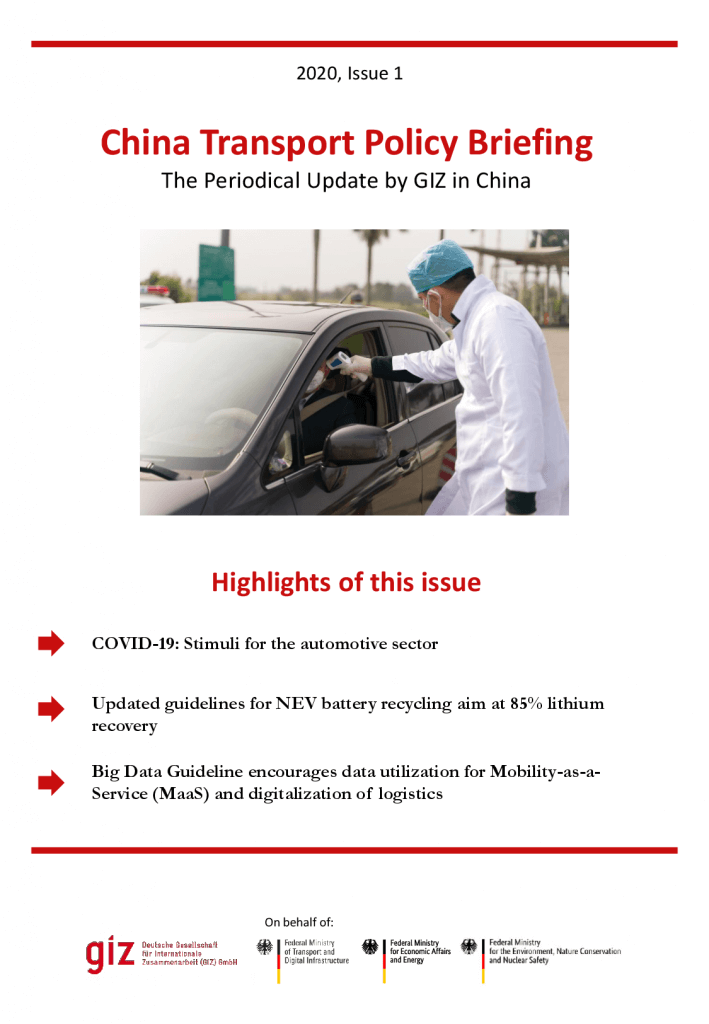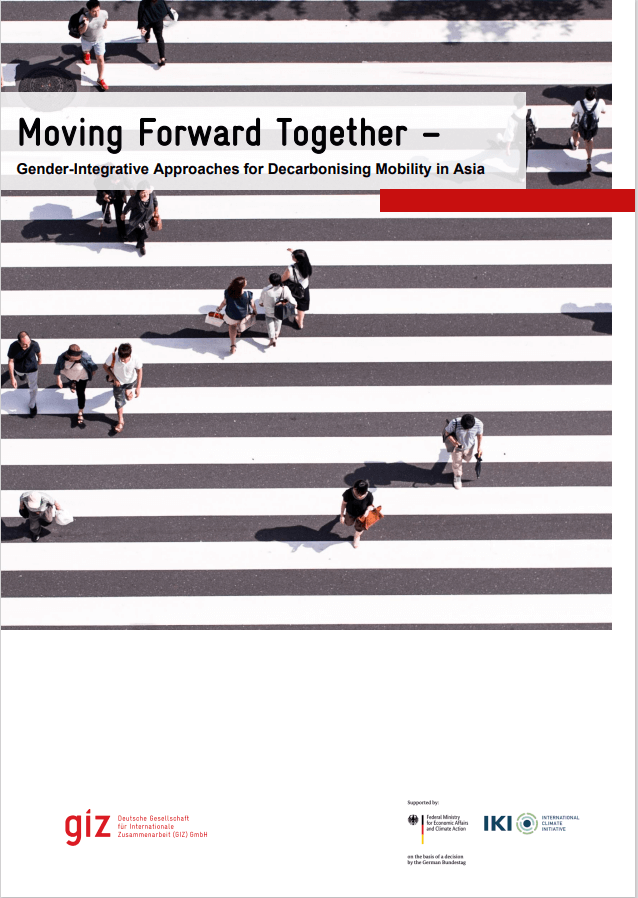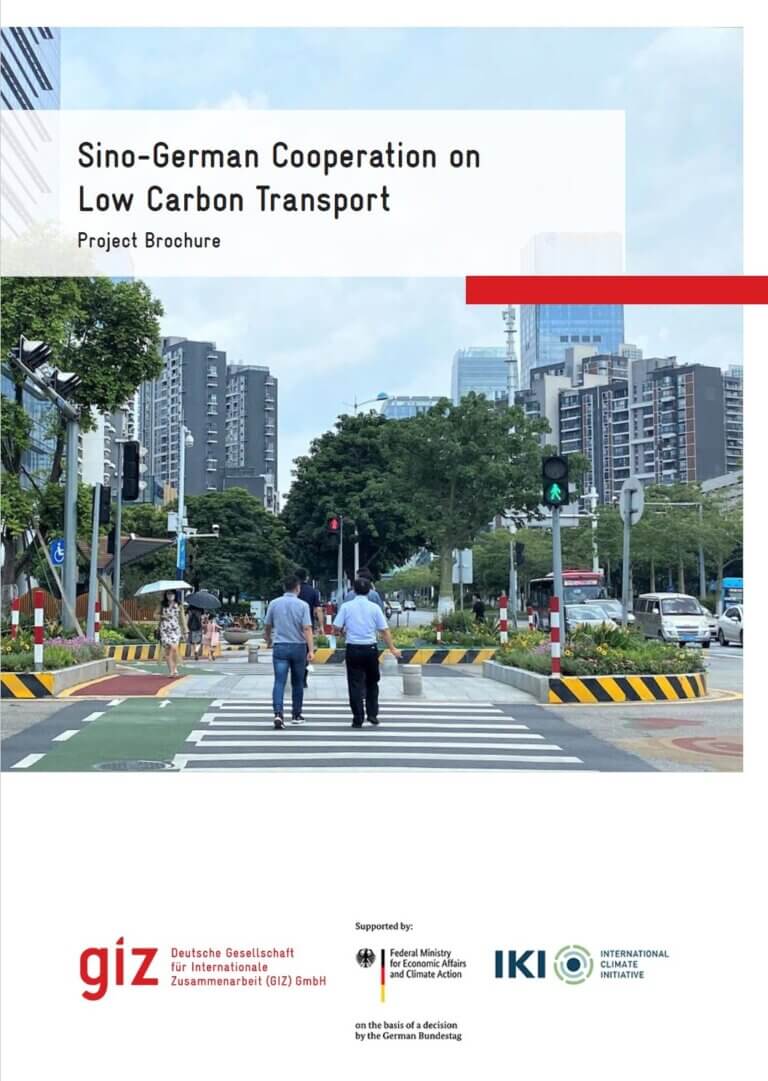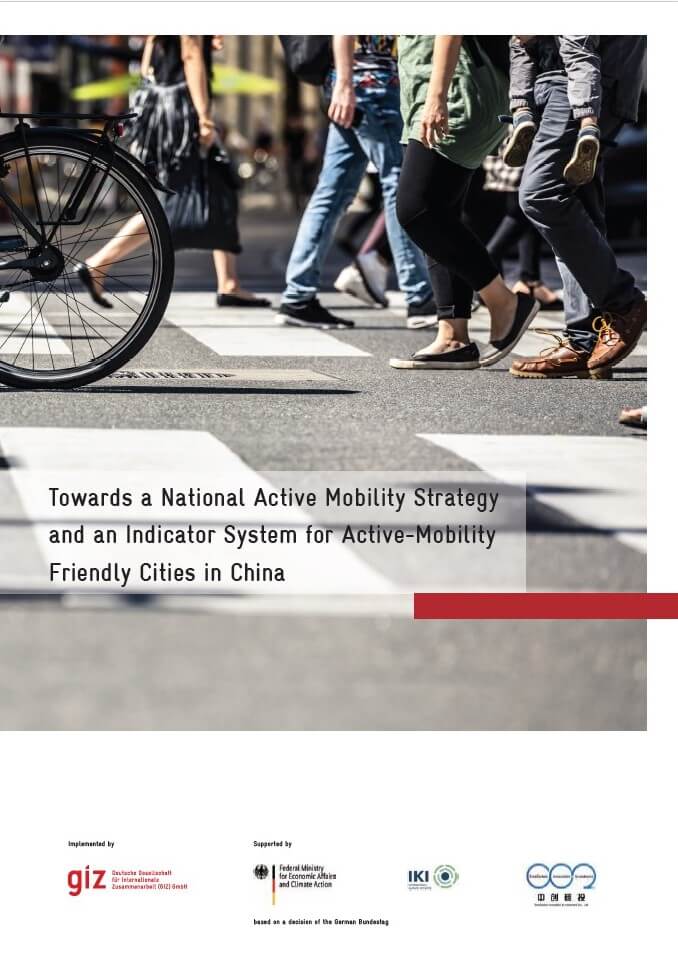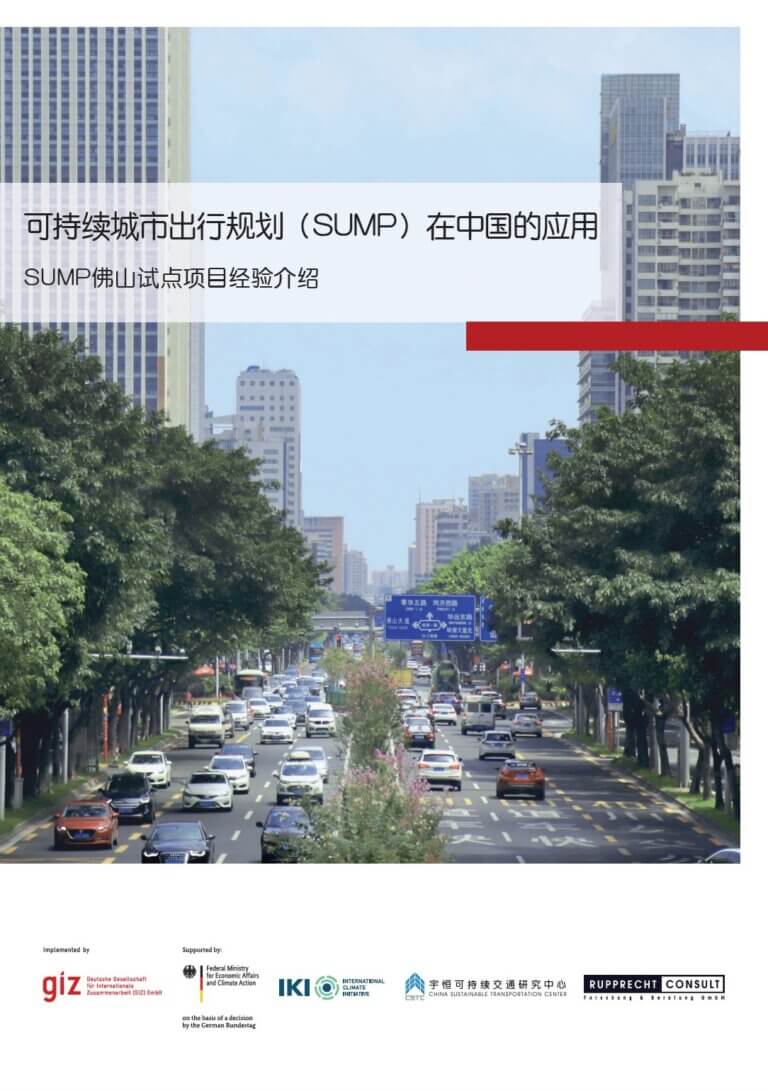Inside this issue of the China Transport Sector Policy Briefing
After an extended break due to COVID-19, the China Transport Policy Briefing is back with its 1st issue of 2020. Whilst in Europe the pandemic situation is still in full swing, Beijing has been resuming work in a “new reality” after the wave has been overcome. Enclosed you will find summaries of highly relevant and exciting developments of December, January, February and March. Please click here to download the China Transport Policy Briefing 2020, 01Download
Selected highlights of this Issue are:
- The economic downturn caused by the COVID-19 pandemic hit the Chinese car market while it was already at a low point. After several weeks of tight restrictions, the central government announced that production should resume, and incentive schemes for consumption in the automotive sector should be implemented (Article #1). Numerous cities announced cash rebates or eased restrictions on new vehicle purchases (Article #3). Furthermore, as the announcement of the Minister of Industry and Information Technology, Mr. Miao Wei, hinted at the China EV100 Annual Meeting in mid-January, NEV purchase subsidies, planned to end in December 2020, have been officially extended for another two years, until the end of 2022. (Article #2). Read more on NEV subsidies also in our new publication on buses: New Energy Buses in China: Overview on Policies and Impacts
- China’s updated guidelines on battery recycling raise the bar for the recovery of raw materials: They now stipulate 85% recovery of lithium as minimum requirement for recycling companies to be considered at the forefront of technology and environmental protection (Article #12).
- A guideline on the use of Big Data in transport was issued, which promotes the use of Big Data for Mobility-as-a-Service (MaaS) and the digitalization of logistics (Article #10).
In addition, you find further summaries on the development of the maritime industry (Article #6), the Chinese government’s plan to develop an innovative ICV industry with Chinese standards (Article #4), how NEV manufacturers most likely will no longer need to be able to do their own research and development (Article #5), the signs that are indicating the online ride-hailing business may soon open to foreign investment (Article #6), Shandong Province’s plan to construct 100,000 charging piles by 2020 (Article #7), Hainan Province’s plan to not only pilot electric mobility but also shared mobility on province level (Article #8), the importance of rail transit to connect hub airports with their surroundings (Article #9), a step towards ADR accession in the area of dangerous goods transportation (Article #13), and Beijing’s efforts to phase out old vehicles with high emissions (Article #14).
The COVID-19 pandemic has far-reaching effects on mobility behavior on a global scale. Lastly, we would like to share with you a collection of practices from around the world, which we compiled together with our transport colleagues from around the world: The COVID-19 Outbreak and Implications to Sustainable Urban Mobility.
The whole Policy Briefing Team wishes you to stay healthy and safe!
